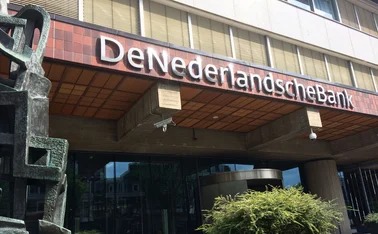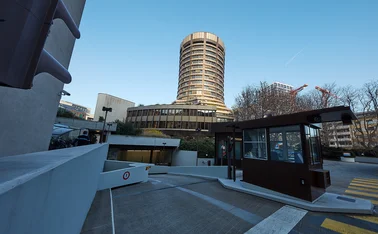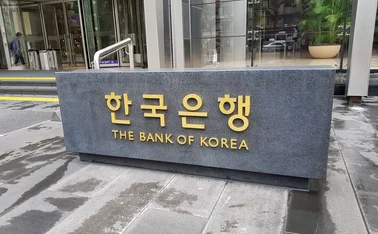
ECB researchers model systemic crises with heterogeneous interbank market

Systemic banking crises (SBCs) typically break out in the midst of credit booms generated by a sequence of positive supply shocks rather than a big negative wealth shock, according to the findings of a new working paper published by the European Central Bank (ECB).
The paper – Booms and Systemic Banking Crises, by Frederic Boissay, Fabrice Collard and Frank Smets – uses a dynamic general equilibrium model featuring a non-trivial banking sector made up of banks with heterogeneous intermediation
Only users who have a paid subscription or are part of a corporate subscription are able to print or copy content.
To access these options, along with all other subscription benefits, please contact info@centralbanking.com or view our subscription options here: http://subscriptions.centralbanking.com/subscribe
You are currently unable to print this content. Please contact info@centralbanking.com to find out more.
You are currently unable to copy this content. Please contact info@centralbanking.com to find out more.
Copyright Infopro Digital Limited. All rights reserved.
As outlined in our terms and conditions, https://www.infopro-digital.com/terms-and-conditions/subscriptions/ (point 2.4), printing is limited to a single copy.
If you would like to purchase additional rights please email info@centralbanking.com
Copyright Infopro Digital Limited. All rights reserved.
You may share this content using our article tools. As outlined in our terms and conditions, https://www.infopro-digital.com/terms-and-conditions/subscriptions/ (clause 2.4), an Authorised User may only make one copy of the materials for their own personal use. You must also comply with the restrictions in clause 2.5.
If you would like to purchase additional rights please email info@centralbanking.com







